Description
IMPORTANT NOTES
- UPDATE YOUR FIRMWARE: Please upgrade the firmware on your FM9. and make sure to use the latest version of FM9 Edit before installing this preset. If your firmware is not up to date, this preset may not load.
- EVERYTHING IS STOCK: This preset does not use third party IR’s. If you’d like to experiment with 3rd party IR’s, feel free to do so in the cab block.
- CUSTON LAYOUTS BUILT IN: We have designed three custom layouts, allowing you to easily navigate between individual effects mapping and scenes. See the notes on Per-Preset mapping and Custom Layouts below.
INCUDED PRESETS
- What I See WT (SC) – this preset is voiced for single coils and low-output humbuckers
- What I See WT (HB) – this preset is voiced for more traditional humbuckers
Both presets are the same except for the amp, EQ, and control switch settings. See the ‘Control Switch’ section below for more info.
SCENES
This preset is meant to be used in Scenes mode, giving you instant sounds from the recording.
- SCENE 1: RHY/INTRO: Big rhythm tone
- SCENE 2: RHYTHM+: Bigger rhythm tone
- SCENE 3: TURN/AMB LD: Ambient low gain tone
- SCENE 4: CHORUS: Same as Snap 1 – rhythm tone
- SCENE 5: BRKDWN/BR: Low gain mod tone
- SCENE 6: RHY TREM: Rhythm tone with tremolo
- SCENE 7: CLEAN: Clean tone
- SCENE 8: AMBIENT: Ambient clean tone
SIGNAL FLOW AND EFFECTS
- Input 1 (the Input Noise Gate is turned off to save CPU).
- Compressor 1
- Channel A: JFET Compressor (1176 style): set to be somewhat transparent, general use comp.
- Channel B: Studio FF Compressor 1: Subtle compression
- Channel C: Dynamicomp – Dynacomp, lots of squish
- Channel D: Optical Compressor – LA-2A style compression
- Drive 1 – First Stage OD
- Channel A: Tone of Kings (Analogman King of Tone)
- Channel B: Jam Ray
- Channel C: FET Boost (set up to mimic a Klon)
- Channel D: Timothy Up
- Drive 2 – Second/Third Stage OD
- Channel A: Compulsion/Distortion LP
- Channel B: Eternal Love
- Channel C: Suhr Riot Ge
- Channel D: Shimmer Drive
- Rotary 1: (only channel A is set up)
- Channel A: Rotary – set up as a Leslie. The ‘Rate’ parameter is mapped to Control Switch 1, and will switch between a fast and slow Leslie sound
- Vol/Pan 1
- NOTE: The ‘Volume’ parameter is NOT MAPPED. You’ll need to map this parameter to an expression pedal if you’d like to use the volume block
- Delay 1: (Quarter and 8th note delays)
- Channel A: Stereo Tape (1/8delay with a wide stereo field)
- Channel B: Analog Stereo (1/8 delay with a wide stereo field)
- Channel C: Analog Stereo (1/8 delay with a wide stereo field)
- Channel D: Stereo Tape (1/8 delay with a wide stereo field)
- Delay 2: (All dotted eighth note delays)
- Channel A: Deluxe Mind Guy
- Channel B: Stereo Tape
- Channel C: Vintage Digital
- Channel D: Stereo BBD
- Reverb 1: (‘Normal’ verbs)
- Channel A: London Plate
- Channel B: Recording Studio C
- Channel C: Large Hall
- Channel D: Medium Plate
- Reverb 2: (Big ambient verbs)
- Channel A: North Church
- Channel B: Stratocumulus
- Channel C: Cirrocumulus
- Channel D: Nimbostratus
- Amp 1: 65 Bassguy Normal
- Only channel A is set up for each preset
- Amp 2: 59 Bassguy Bright
- Only channel A is set up for each preset
- Cab 1: (only channel A is set up):
- Cab 1: 2×12 Matchbox 160 C (Factory 2, 79)
- Cab 2: 2×12 Matchbox -R 121 B AB (Factory 2, 91)
- Tremolo/Panner 1
- Channel A: Tremolo (1/32 Dot)
- Channel B: Harmonic Trem
- Channel C: Bias Trem (ramping trem based on LFO 1A)
- Channel D: Tremolo
- Out 1
USAGE NOTES
WET EFFECTS IN FRONT OF THE AMPS
All the wet effects (reverbs and delays) are positioned in front of the amplifiers in this patch. This recreates the experience of using a stereo pedalboard into stereo amps. The character of the reverbs and delays is greatly affected by the amps themselves. This is also why there is no ‘amp gain’ functionality in this patch.
STEREO
Everything after the volume block runs in stereo. If you are running mono, you’ll need to sum your signal to mono before going to FOH (if you only use the Left output, won’t hear the Badger amp or some of the delays at all).
The easiest way to make this adjustment is in the ‘Setup’ menu:
- Choose ‘Setup’, and select ‘I/O’
- In OUTPUT 1 CONFIGURATION (choose the physical output you are using), change the ‘Mode’. Select ‘STEREO’ if you are running in stereo. Select ‘’SUM L+R’ if you are running mono. This will convert your output to mono and sum the stereo image. This will also cause all your presets to output in mono, as it is a global setting.
BLOCK CHANNELS
For most blocks, We’ve set up multiple channels to give you different options for any given effect. However, not all blocks have all four channels set up – some have just couple, and some only one. See the Signal Flow section above to see what is set up in what channel for any given block.
DRIVES
All drive blocks increase in gain as you go up, so Drive 1 is lower gain than Drive 2, etc. Within each drive block, all four channels are set up to give you different flavors of the same gain structure (Drive 2 channels C and D are higher gain than A and B). Every guitar reacts differently with drives (and amps), so it’s good to have options. We’ve chosen our personal favorites within each block and left them in Channel A, but feel free to experiment with your setup to find what you like best.
DELAYS
We’ve used all four channels of both delay blocks (that’s 8 different delays) . Delay blocks are separated into different delay times. For example, Delay 1 is all quarter or 1/8th note delays. Delay 2 is all dotted 8th and stereo dual delays.
REVERB
We’ve set up reverbs the same way as delays – each reverb block contains four versions of the same type of reverb (normal and big).
Reverb blocks 1 and 2 give you ‘normal’ and ambient reverbs respectively, but the PlexDly block will also give you ambient reverbs. Experiment with these to find your favorite sounds.
PER-PRESET MAPPING AND OVERRIDES
We’ve set up Per-Preset overrides for both effects and scenes, and we’ve mapped them to Layouts 6 (FX1 WT), 7 (FX2 WT) and 8 (Scenes WT). See below for more info on how the button mapping and custom layouts work.
HERE ARE THE PER-PRESET MAPPINGS AND THE BUTTONS THEY’RE ASSIGNED TO OVERRIDE
PP1: Scene 1
PP2: Scene 2
PP3: Scene 3
PP4: Scene 4
PP5: Scene 5
PP6: Scene 6
PP7: Scene 7
PP8: Scene 8
PP9: Drive 1
PP10: Drive 2 A
PP11: Drive 2 B
PP12: Delay 1 A
PP13: Delay 2 A
PP14: Reverb 1
PP15: Reverb 2
PP16: Plex 1
PP17: TremPan 1 A
PP18: TremPan 1 C (Ramping trem – uses LFO 1 to ramp)
PP19: Rotary 1
PP20: NOT USED
PP21: PRESETS BUTTON
PP22: VIEW BUTTON
PP23: Control Switch 1 (Rotary Speed)
PP24: Tap Temp/Tuner
MAKING CHANGES TO THESE ASSIGNMENTS
If you’d like to change any of these assignments (either the Per-Preset Assignments or the Overrides), you can do so in the ‘Per-Preset FC’ menus in FM9 Edit, or by editing the ’CONTROLLERS’ menu on the FM9.
If you would like to go back to your default settings for Layouts 7 and 8, you can reset the Overrides from the ‘Overrides’ menu in the ‘Per-Preset-FC Settings’ section.
USING THE CUSTOM LAYOUTS
Our FM9 Presets use Layouts 6, 7, and 8. Each of these layouts utilizes the three buttons below the display as utility buttons, and the six buttons on the right change depending on what layout you are on. All of these buttons utilize Per-Preset mapping, so they won’t mess with you existing presets.
LAYOUTS:
- Layout 6 (FX1 WT): This layout gives you drives and modulation effects
- Layout 7 (FX2 WT): This layout gives you reverbs and delays
- Layout 8 (SCENES WT): This layout gives you scenes
UTILITY BUTTONS (Below the display)
- Tap Tempo/Tuner: Tap tempo, and press and hold to tune.
- PRESETS. Tapping on this button recalls Layout 1, which is by default a preset menu. Press and hold to move down one preset.
- VIEW: Tapping on this button will cycle through Layouts 6, 7, and 8, allowing you to cycle through the different effects and scenes layouts. Press and hold to move up one preset.
We have also included a Custom Layouts file. You can import this using FM9 Edit. We have altered Layouts 6, 7, and 8, so the rest of the layouts will import as the factory settings.
MAKING ADJUSTMENTS FOR YOUR SETUP
SETTING THE PRESET UP FOR YOUR GUITAR
All guitars are different, so you may want to make changes to suite your playing style and guitar. To adjust the preset for your guitars, the primary controls to adjust would be:
- Input Drive (and/or Input Trim). If the clean sounds from this preset are too dirty, lower the input drive and/or trim. Do the opposite if you want more gain. This preset is meant to be on the edge of breakup at it’s cleanest settings (otherwise the drives won’t stack properly).
- EQ settings (amp block – basic). Once the desired gain staging is set, the next adjustment would be the amp EQ settings.
- GEQ settings (Graphic EQ block). The 5-band Graphic EQ allows you to make simple changes to the overall tone. Feel free to adjust these to your liking. Since this is a passive EQ, you can make rather large changes to the faders.
- Output EQ settings (amp block). The Graphic EQ on the amp block is a great way to make final EQ adjustments. We’ve set it to ‘Post P.A.’, which means the EQ settings will not be affected by the Power Amp section.
ADJUSTING THE OVERALL LEVEL OF THE PRESET
The FM9 offers very useful tools to check overall level of individual presets and blocks. In the Output block you can monitor the overall output level. You can also monitor levels of each block individually from the front screen of the FM9.
We’ve set this preset up so that the loudest settings peak around 0db (or a bit above). If you’d like to adjust the level up or down (to match it with other presets), we recommend adjusting one of the following:
- Level (amp block – basic). This will adjust the overall level of the preset up/down. Avoid using the ‘Master Volume’ control, as this will change the tone of the amp.
- Level (cab block). This will also adjust the overall level of the preset up/down.
CHANGELOG
Version 1.0 – 2022-03-25


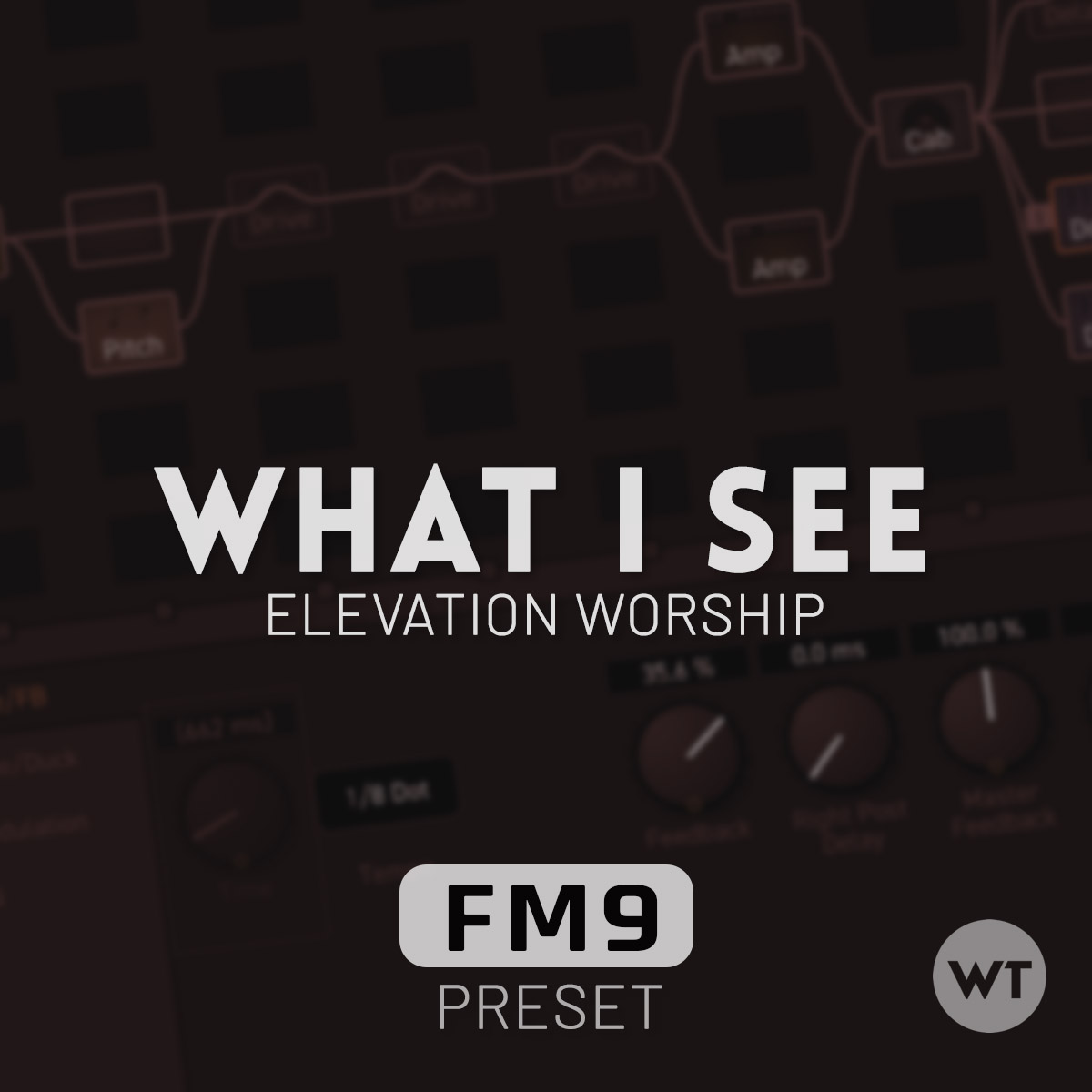
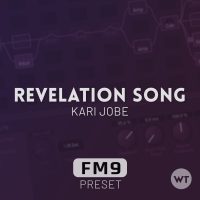
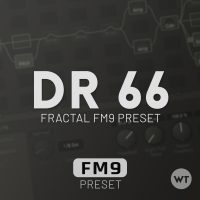
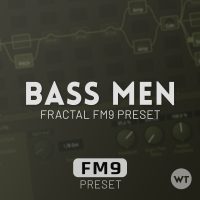
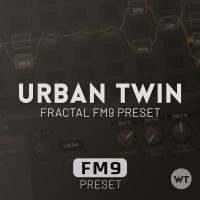
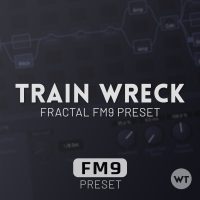
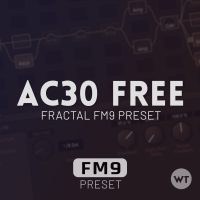
Reviews
There are no reviews yet.